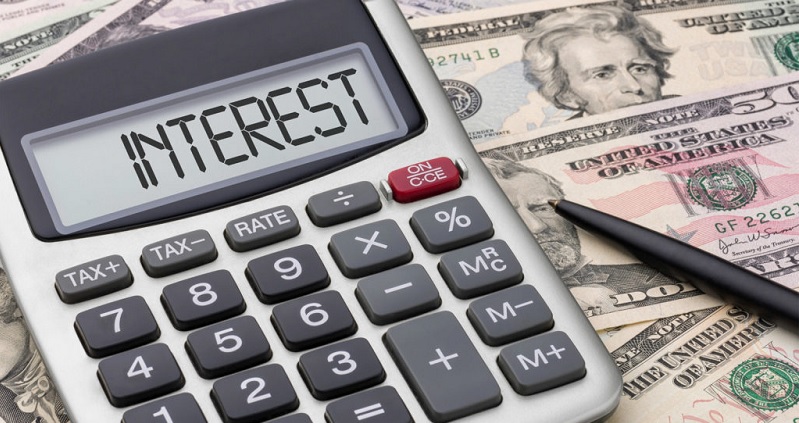
When banking, you will have to be able to monitor lots of funds and keep up with all your accounts and this can get confusing. It is necessary to know how to calculate credit card’s annual percentage rate (APR) and in this guide, we’ll show you how.
In this guide we will breakdown how to calculate APR on a credit card and everything you need to know about them.
 |
 |
What Is APR?
The basis of credit card interest is finding the annual percentage rate. The APR on your credit card is the amount of interest charged on your funds whenever you carry a balance over to the following month. The higher a credit card’s APR, the more interest you’ll pay. You can avoid this credit card interest by paying your monthly balance in full each month.
For credit cards, interest is usually expressed as a yearly rate, but credit card companies will use it to calculate the interest charged during your monthly statement period.
Different Types of Interest and APR
It is imperative to read about interest and details in your card’s fine print. You should review it to see of any unexpected fees that may occur. Here are the different types of APR and Interest:
A credit card can either have a variable or fixed APR. A fixed APR will typically always remain the same, however, a variable APR, usually changes with the prime rate. Many variable interest rates start with the prime rate, then add a margin. The result is your variable APR.
Credit cards generally have several different types of APR you’ll want to look out for.
- Purchase APR: The interest rate applied to purchases made with the card.
- Balance transfer APR: The interest rate applied on the balance transferred from one credit card to another.
- Cash advance APR: The interest rate applied to the amount of cash borrowed from your credit card. 4
- Penalty APR: The interest charged when you make late payments or violate the card’s other terms and conditions.
How to Calculate Your APR
If you are looking to calculate how much interest you are going to be charged, you will need to know a few things. These include your average daily balance and the numbers of days in a billing cycle. Then you will need to convert your Annual Percentage Rate into a daily percentage rate.
To do so, you will first need divide your APR by the number of days in a year or 365. Now with that rate, you will have the daily percentage interest rate. At the end of each day, the card issuer will multiply your current balance by the daily rate to come up with the daily interest charge. That charge is then added to your balance the next day, a process called compounding.
Watch Out for Penalty APRs
It is imperative, that when paying your monthly statement, that you pay your monthly balance in full. By paying your balance in full, you can avoid Penalty APRs or monthly fees.
Your credit card issuer may bump up your APR to a penalty APR if you are more than 60 days late on making the minimum payment due on your account.
You will also need to keep that penalty APR for a certain amount of time before your credit card issuer will even think about lowering your APR back to normal. That means six months or more of on-time payments with the penalty rate in effect.
It is important to stay on top of your funds in order to avoid credit card debt.
Conclusion
It’s a good idea to understand how your credit card issuer will calculate interest charges on your credit card. Different credit card issuers may use slightly different formulas, but you can calculate your interest charges as long as you know your credit card’s annual percentage rate (APR).
In addition, we have a list of bank promotions to get some extra cash in your pockets today. You may also want to check out savings accounts if you want to get started on saving up money.
